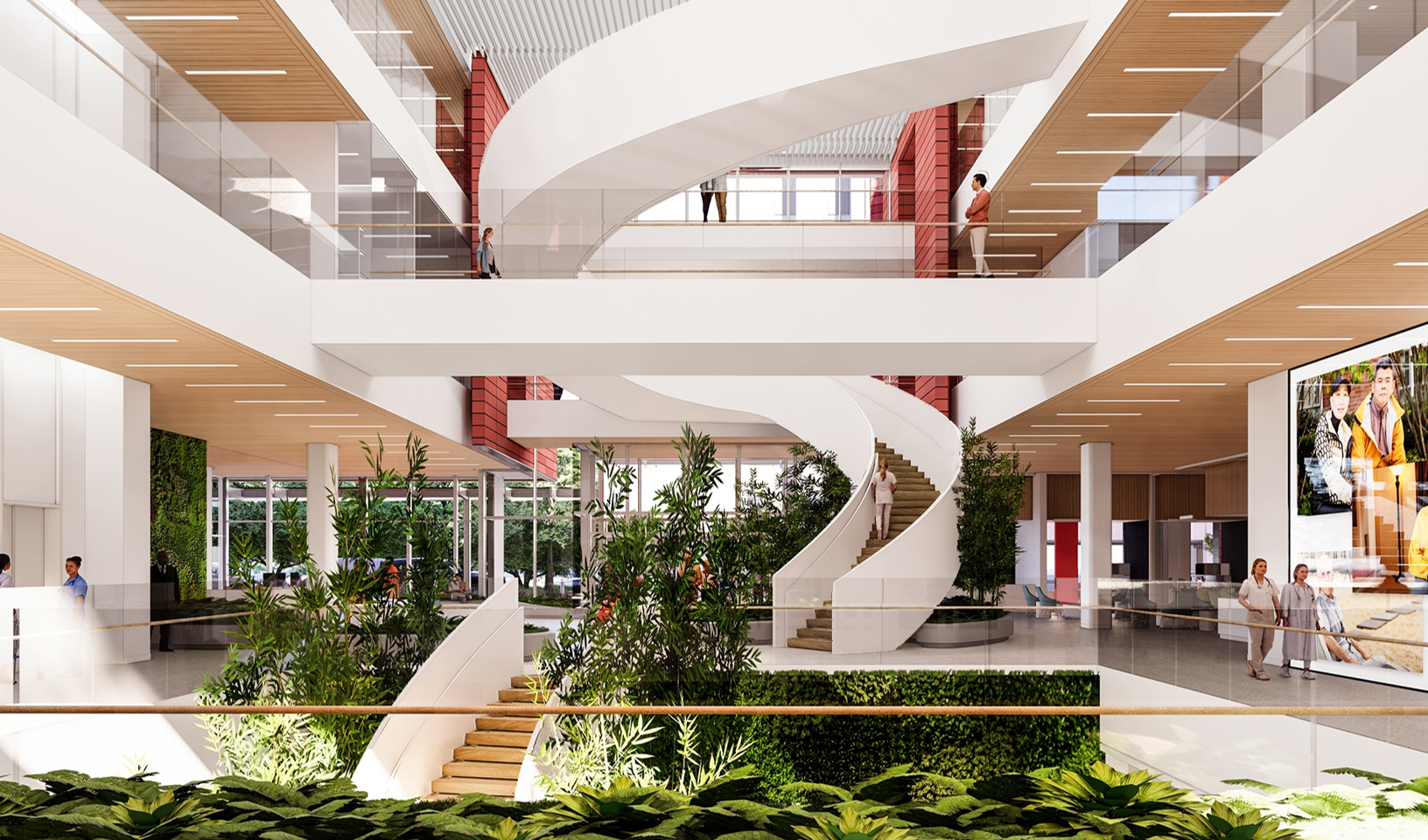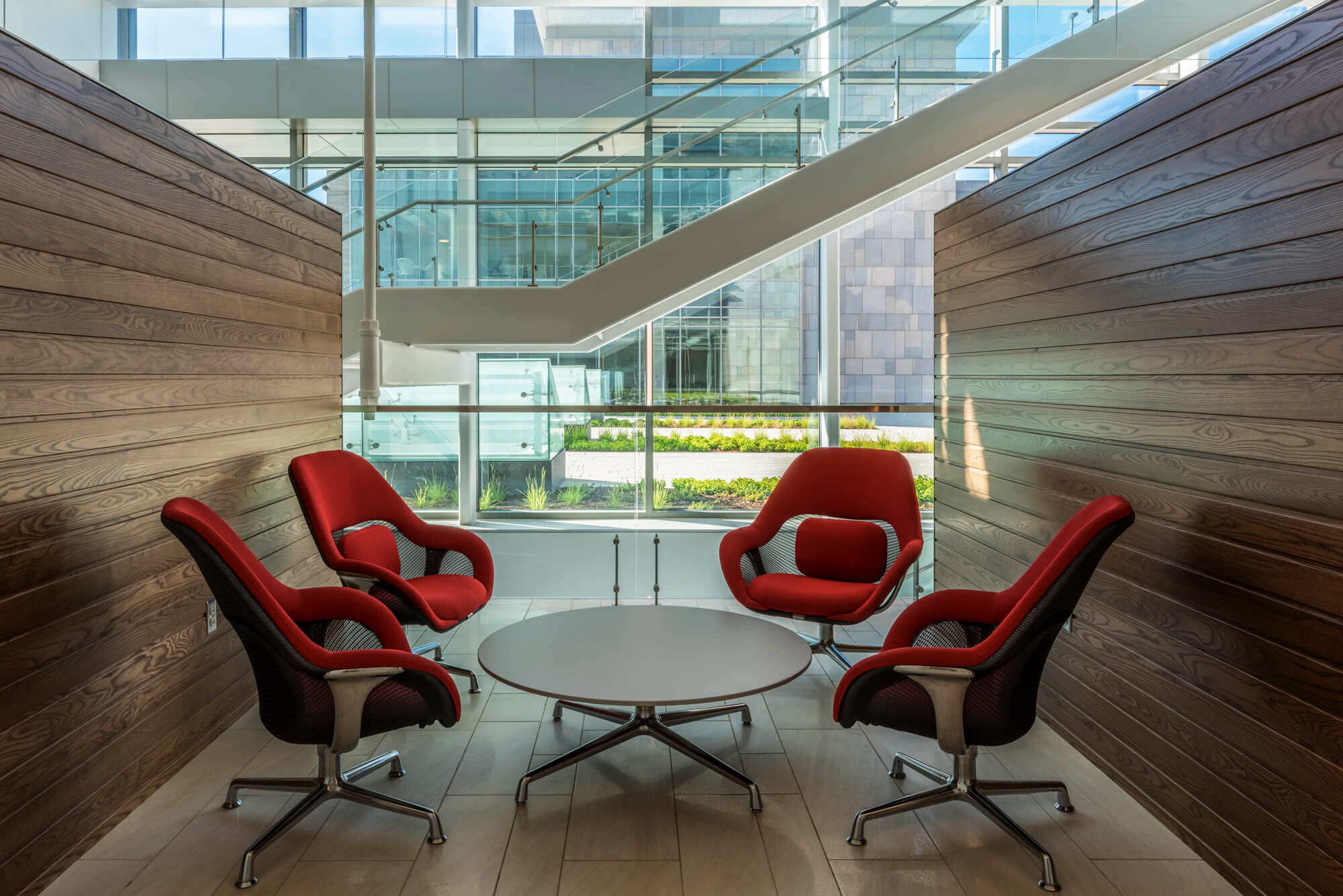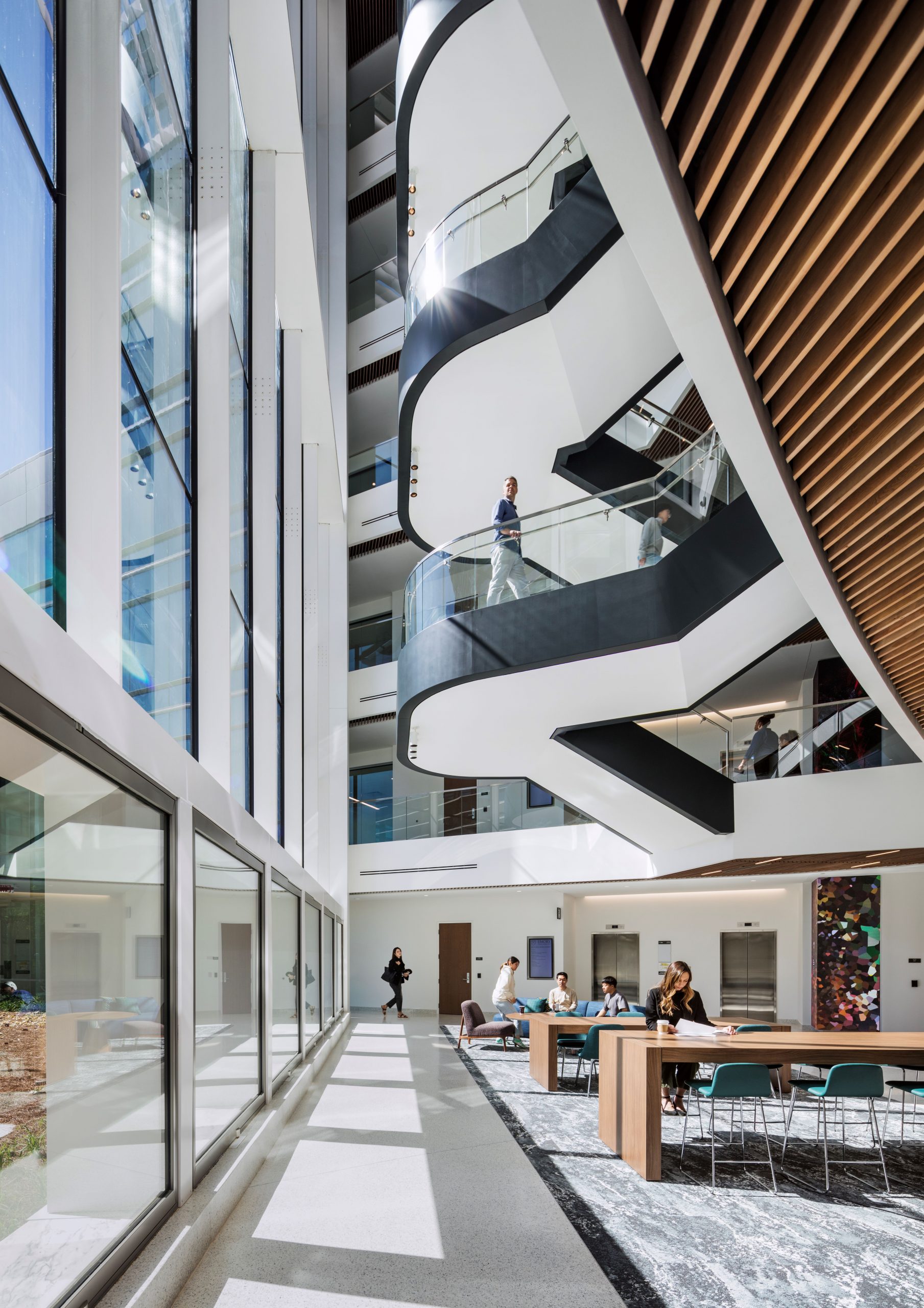
Improved Circulation & Connectivity
Functional stairs are necessary for vertical circulation, and integrating feature stairs creates spacious, engaging staircases that encourage use and interaction, fostering collaboration and chance encounters across different levels and departments.

More than 85% of students agreed that the building supported their health, specifically citing stairs.
Backed by recent surveys by George Washington University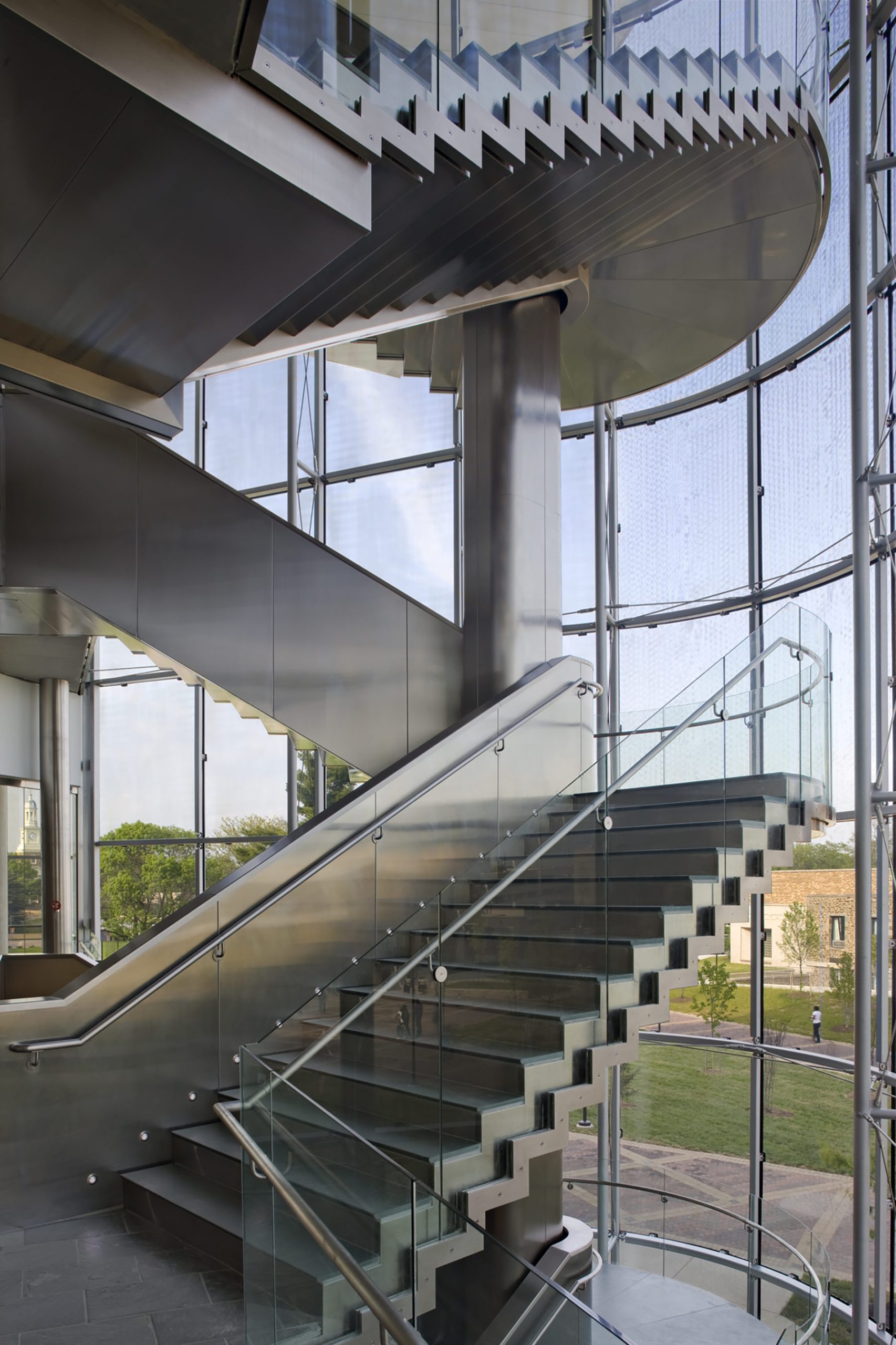
Morgan State University Earl S. Richardson Library
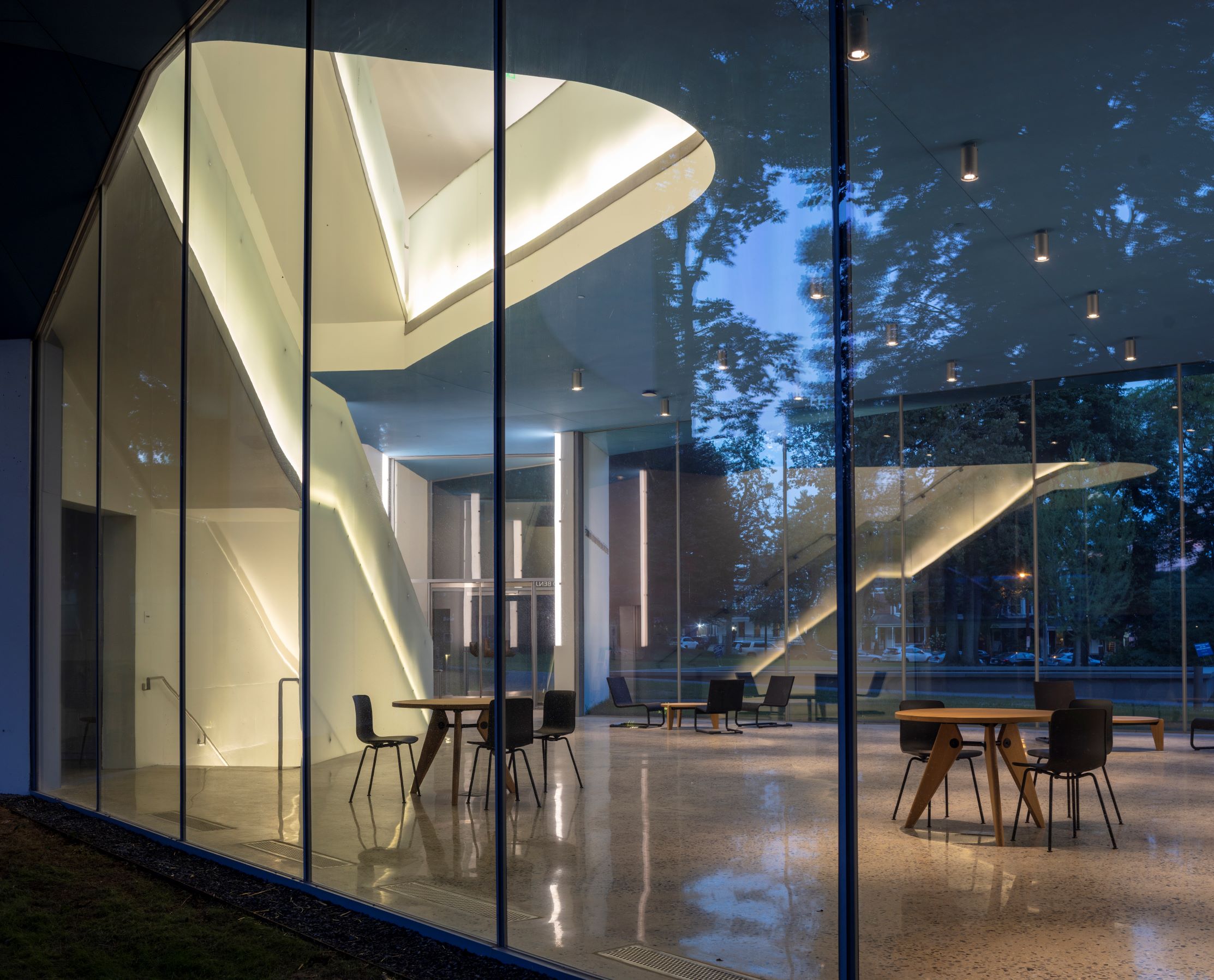
Winter Visual Arts Center at Franklin & Marshall College
Space Optimization
Incorporating functional elements like seating or study areas into feature stairs optimizes space, as landings can become storage areas, saving on construction and operational costs. Feature stairs with wider treads or seating areas promote interaction among students, faculty, and staff, creating vibrant social spaces that enhance learning and collaboration, leading to a more engaged student body and improved academic outcomes. Feature stairs can also display information, artwork, and student projects on walls and steps, contributing to culture and creating community pride.
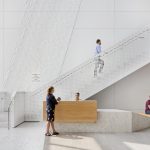
Expanding the function of stairs doesn't stop at seating.
When is a stair more than just that - a stair?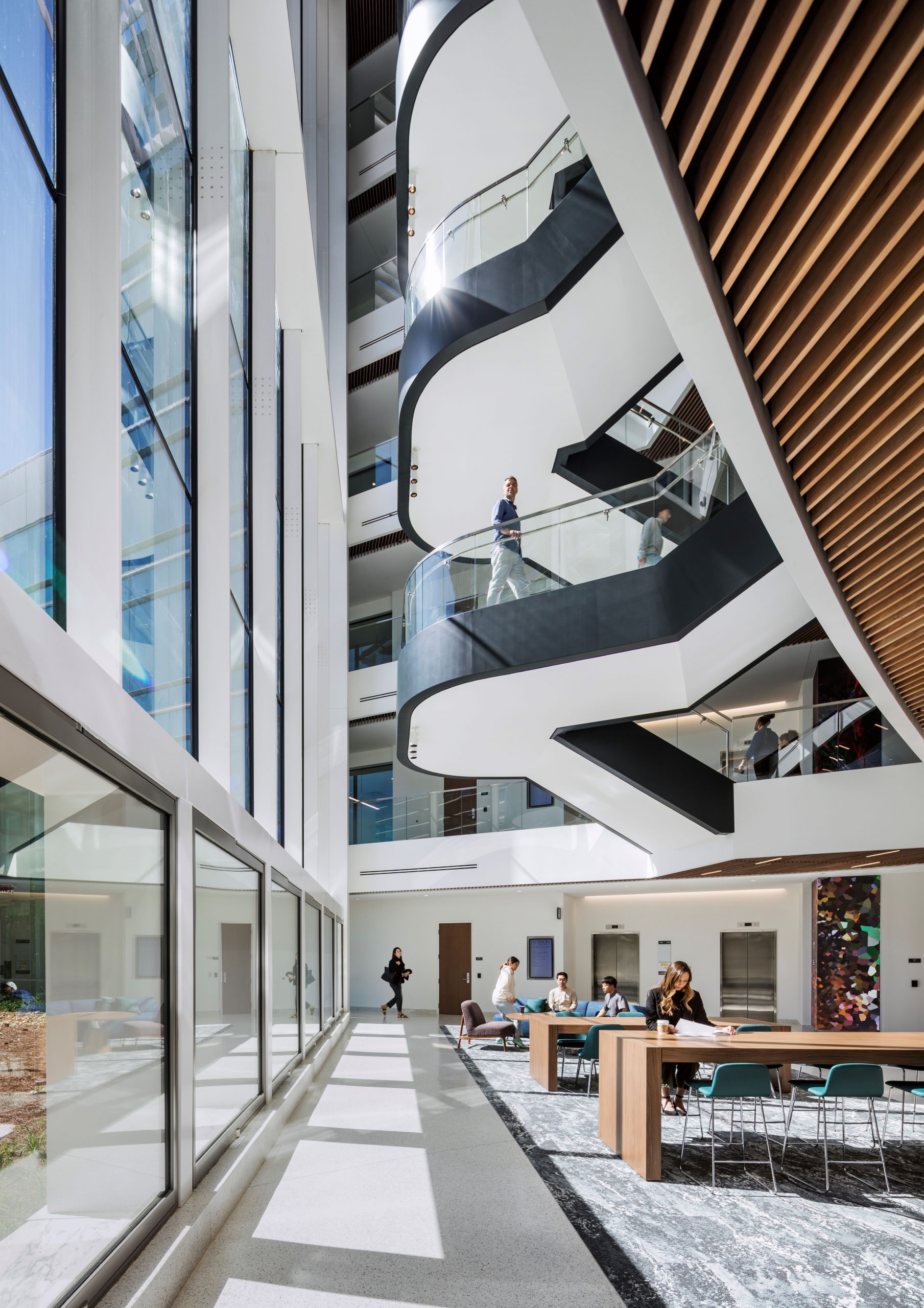
Emory University Health Sciences Research Building ll
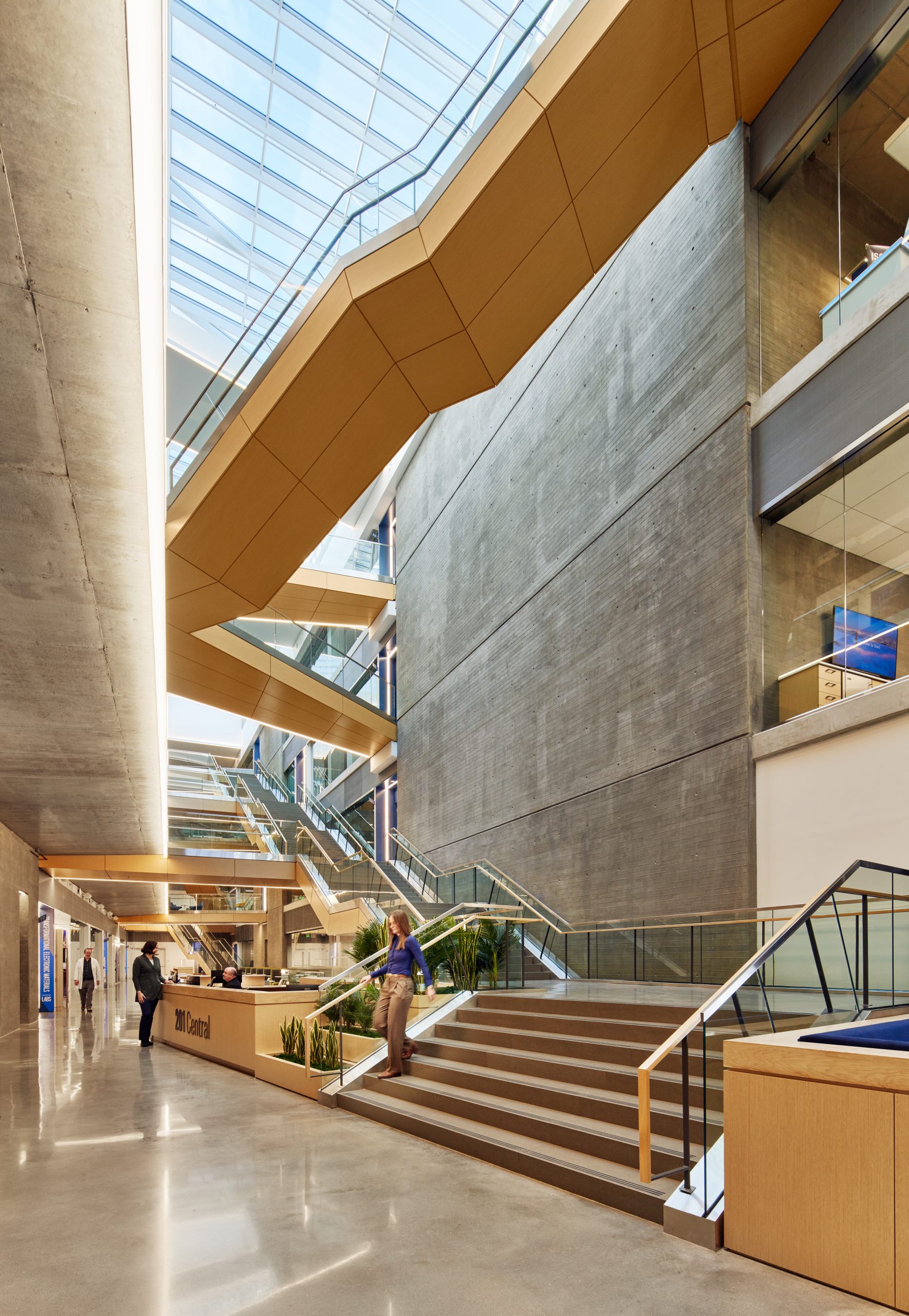
Johns Hopkins University Applied Physics Laboratory
Active Design
Because stairs are already present in almost every higher education building and readily used without presenting any major lifestyle changes, stairs have a real potential – among all building elements – to effect accessible, effective, and economical health impacts. By intentionally placing feature stairs in prominent locations, designers can encourage occupants to take the stairs over elevators, leading to improved physical health and well-being for students and faculty.
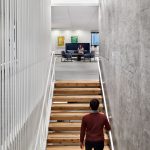
Feature stairs constitute one of the best examples of active design in action.
Promoting active designStudent Engagement & Sense Of Place
Feature stairs can contribute to the overall atmosphere and sense of place on campus. Feature stairs not only enhance the aesthetics and visual identity of a building but also serve as an excellent study resource for students due to their unique design, engineering, and technology. These attributes support recruitment efforts, positively impacting enrollment and contributing to greater student satisfaction.

Glass guardrails in team colors create a sense of place at Kent State University.
Sense of Place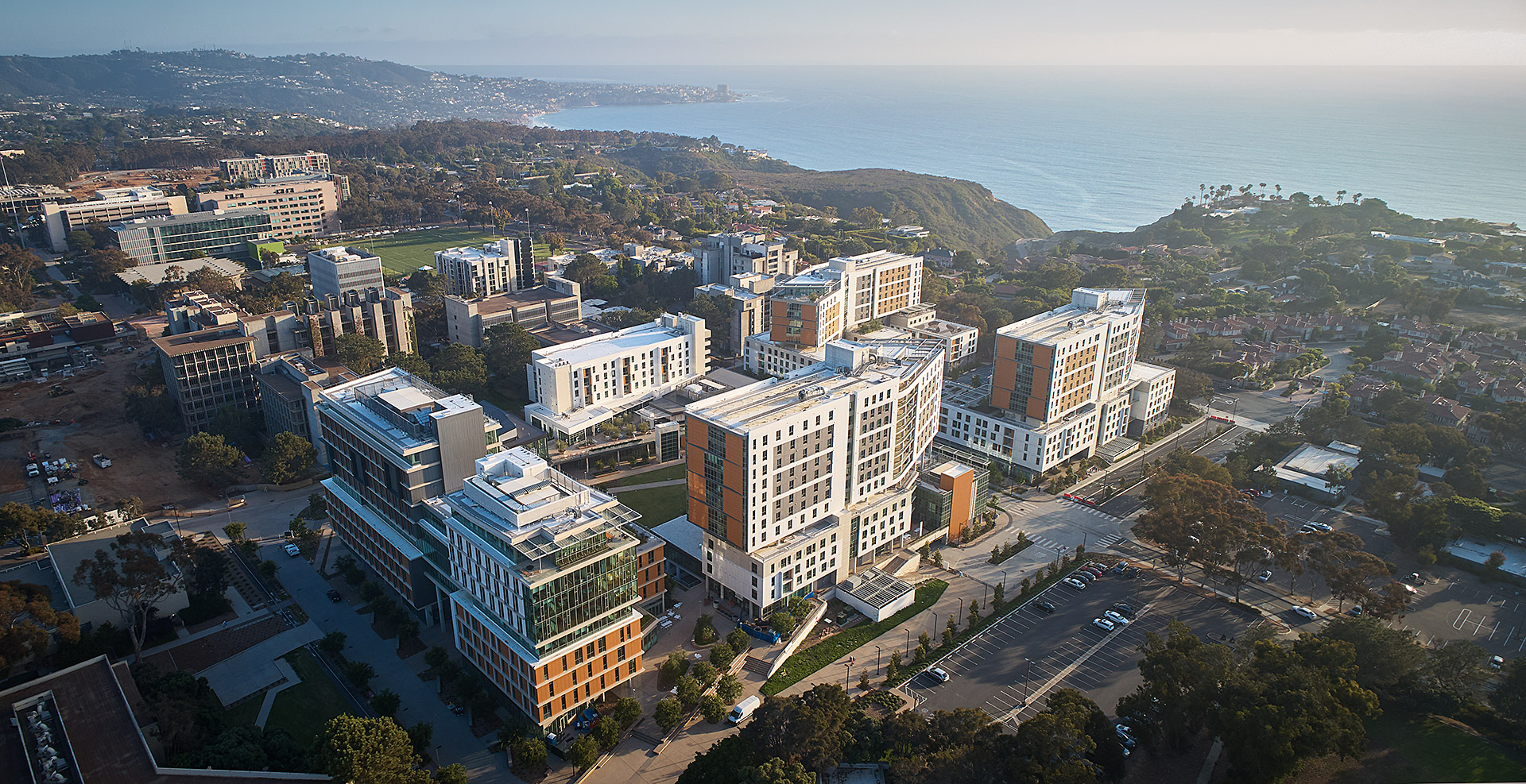
UCSD North Torrey Pines Living & Learning Community
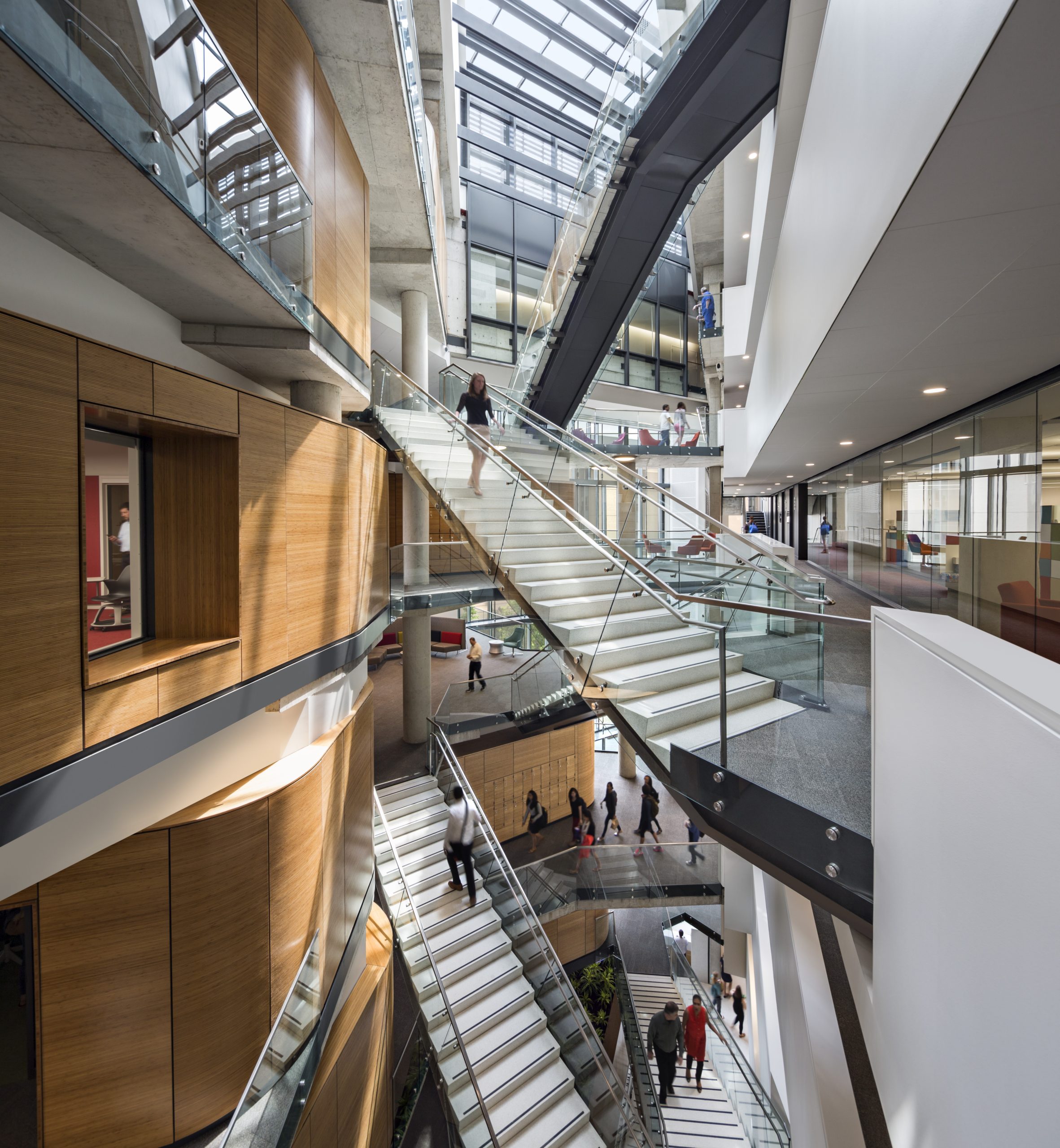
George Washington University – Milken Institute School of Public Health
Contact our stair experts
Fill out the contact form to connect with our team and learn more about our innovative solutions.









